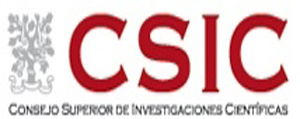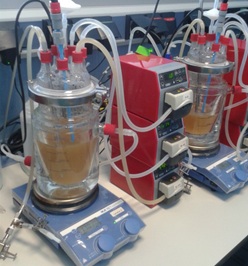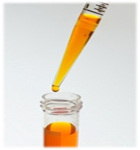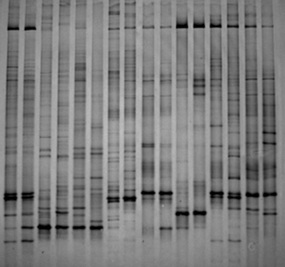-
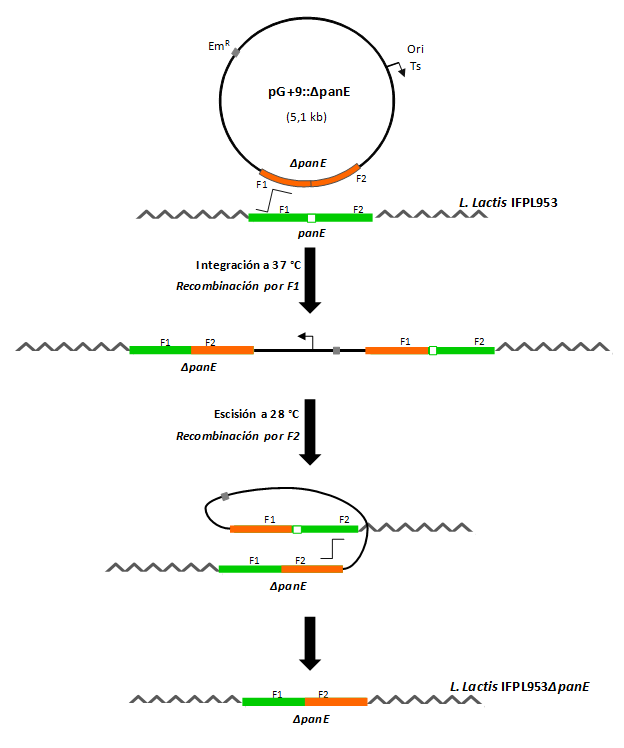
Lactic bacteria have an enzymatic activity involved in amino acid catabolism that provides them with a very
important role in the formation of volatile compounds and consequently the generation of the final aroma of the cheese. The amino acid degradation
pathways in Lactococcus lactis begin with a transamination reaction that leads to the formation of -keto acids, which are the primary metabolite
in the bifurcation between the biosynthetic and catabolic pathways and are limiting factors in the generation of aroma. These -keto acids will
later be transformed in volatile compounds, such as aldehydes, carboxylic acids, and esters; -hydroxy acids can also be produced, but with no
implication on the aroma.
To increase the availability of -keto acids by L. lactis and optimize their degradation into volatile compounds,
the Group has worked on the blockage of the conversion pathway of -keto acids into the corresponding non-aromatic -hydroxy acids by inactivating
the panE gene in L. lactis IFPL953. The panE gene codifies for the hydroxyisocaproate dehydrogenase (Hic-DH) enzyme, which has the primary dehydrogenase
activity of L. lactis. The mutation of the panE gene was done by double-crossover mutagenesis and led to total Hic-DH activity loss in the mutant L.
lactis IFPL953 (delta) panE strain.
Thus, L. lactis IFPL953 (delta) panE mutant increased its capacity to generate 3-methylbutanal, 3-methyl butanol,
ketones such as diacetyl, 2-heptanone, and 2-methyl–heptanone, or methionine derivatives such as dimethyl disulfide, in comparison with the parental
strain. All these volatile compounds are of great relevance for the aroma of hard and semi-hard cheeses.
Gómez de Cadiñanos, L P. García-Cayuela, T., Yvon, M., Martinez-Cuesta, M.C., Peláez, C., Requena, T.
Inactivation of the panE Gene in Lactococcus lactis Enhances Formation
of Cheese Aroma Compounds. Applied and Environmental Microbiology 79: 3503-3506. DOI:10.1128/AEM.00279-13


